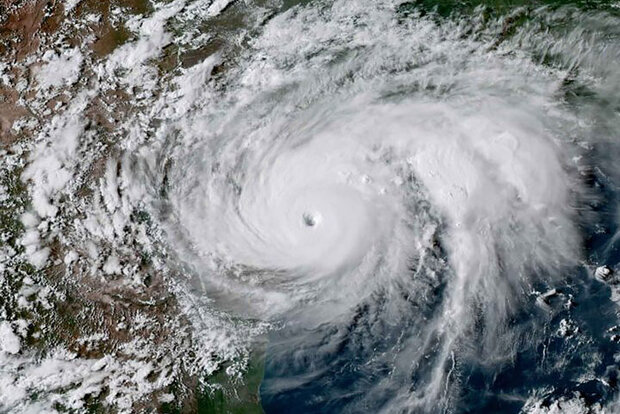Regulating finescale resolved convection in high-resolution models for better hurricane track prediction


Hurricane Harvey comes ashore in 2017. Credit: NOAA
Hurricanes, also known as tropical cyclones (TC), are the costliest weather disasters in the U.S. and accurate hurricane track and intensity forecasts are crucial for early preparation. High-resolution models (approximately 3 km grid spacing or finer) covering a large domain are emerging as powerful tools for hurricane prediction. However, while the use of high resolution helps improve hurricane intensity prediction, it can also make the model more prone to develop errors in the prediction of steering flow and hurricane tracks – due to the possible impact of prevalent small-scale features resolved by the model. This study suggests that regulating small-scale convection activity in a high-resolution model can significantly improve hurricane track predictions at days 4 and 5.
Currently, dynamical TC track and intensity predictions are generated by two types of models – global models with relatively coarse resolution (10 km) and regional models with relatively high resolution (1 km). Newly emerging cloud-resolving models with a large domain have either minimized or eliminated the impact of externally imposed boundary conditions, and therefore have the potential to improve both track and intensity prediction skills for operational forecasting. However, major efforts are still needed to achieve this ambitious goal. In particular, a comprehensive understanding of the error sources for the prediction of large-scale environments is needed.